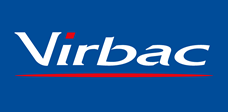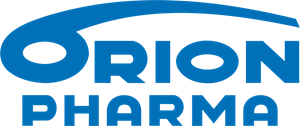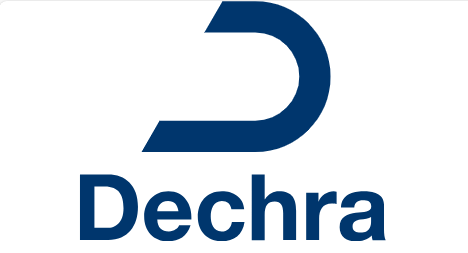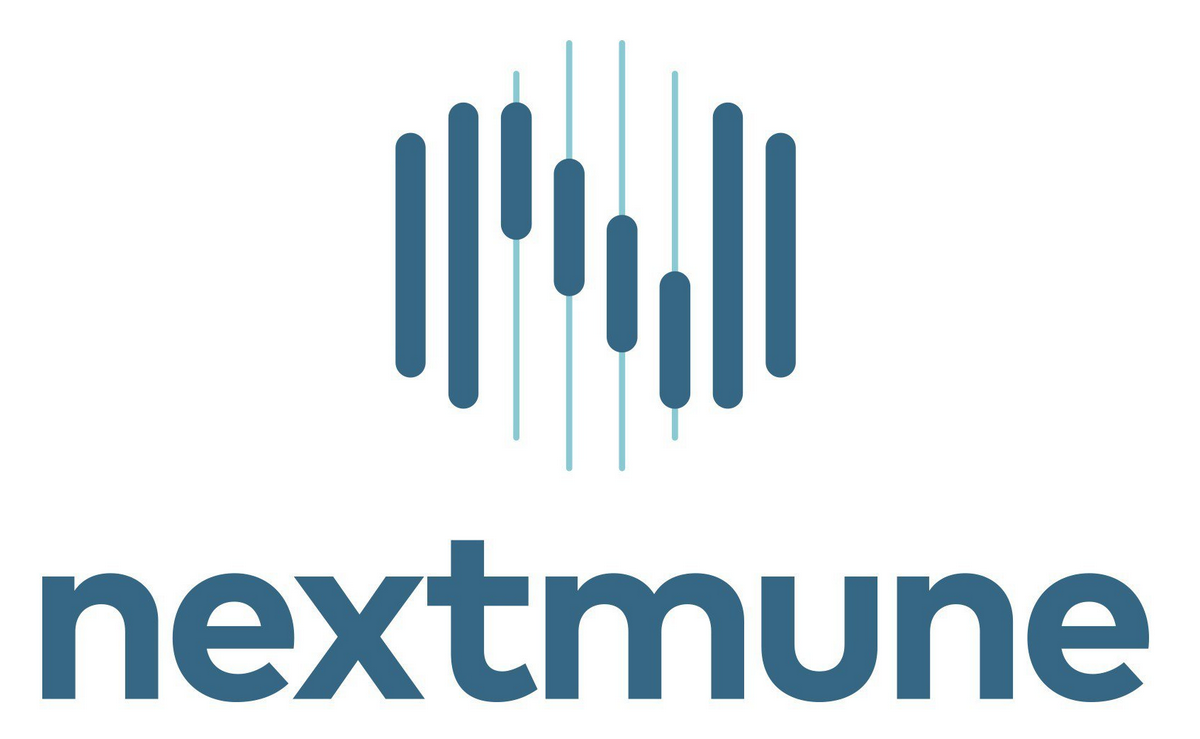Combination therapy
No results were found for your selected species
Hiprabovis IBR Marker LIVE
ATC code
Species
Cattle (calves and adult cows).
Indications
For the active immunisation of cattle from 3 months of age against bovine herpes virus type 1 (BoHV1) to reduce the clinical signs of Infectious bovine rhinotracheitis (IBR) and field virus excretion.
Onset of immunity: 21 days after completion of the basic vaccination scheme.
Duration of immunity: 6 months after completion of the basic vaccination scheme.
Dose to be administered and administration route
Cattle: from the age of 3 months onwards.
Administer one dose of 2 ml by intramuscular injection in the neck muscles.
Reconstitute the lyophilisate with the entire contents of the supplied solvent to obtain a suspension for injection. A transparent pinkish liquid is obtained after reconstitution.
Recommended vaccination programme:
The recommended initial dose is 1 injection of 2 ml of the reconstituted vaccine per animal. The animal should be revaccinated 3 weeks later with the same dose.
Thereafter a single booster dose of 2 ml should be administered every six months.
The method of administration is by intramuscular route, in the neck muscles. The injections should be preferably administered on the alternate sides of the neck. The solvent should be allowed to warm to a temperature between 15 ºC and 20 ºC before reconstitution of the lyophilisate. Shake well before use. Avoid the introduction of contamination during reconstitution and use. Use only sterile needles and syringes for administration.
Adverse reactions
Cattle (calves and adult cows):
Common (1 to 10 animals / 100 animals treated): | Elevated temperature1. Injection site inflammation2. |
Rare (1 to 10 animals / 10 000 animals treated): | Hypersensitivity reaction3. |
1A slight increase in body temperature up to 1 °C within 4 days following vaccination. An increase in rectal temperature up to 1.63 ºC in adult cows and up to 2.18 ºC in calves may be observed. This transient rise in temperature is spontaneously resolved within 48 hours without treatment and it is not related to a febrile process.
2A transient inflammation at the inoculation site in cattle within 72 hours post-vaccination. This slight swelling lasts for less than 24 hours in most cases.
3Including anaphylaxis (sometimes fatal). In such cases, an appropriate symptomatic treatment should be administered.
Reporting adverse events is important. It allows continuous safety monitoring of a veterinary medicinal product. Reports should be sent, preferably via a veterinarian, to either the marketing authorisation holder or its local representative or the national competent authority via the national reporting system. See the package leaflet for respective contact details.
Dispensing
POM-V - Prescription Only Medicine – VeterinarianReferences
1. NAME OF THE VETERINARY MEDICINAL PRODUCT
HIPRABOVIS IBR MARKER LIVE lyophilisate and solvent for suspension for injection for cattle
2. QUALITATIVE AND QUANTITATIVE COMPOSITION
Each dose of 2 ml contains:
Active substance:
Live gE- tk- double-gene deleted bovine herpes virus type 1 (BoHV-1), strain CEDDEL: 106.3 – 107.3
CCID50.
Abbreviations:
gE-: deleted glycoprotein E; tk-: deleted thymidine kinase; CCID: cell culture infectious dose
Excipients:
|
Qualitative composition of excipients and other constituents |
|
Lyophilisate: |
|
Disodium phosphate dodecahydrate |
|
Potassium dihydrogen phosphate |
|
Gelatine |
|
Monosodium glutamate |
|
Sodium chloride |
|
Potassium chloride |
|
Sucrose |
|
Water for injections |
|
Solvent: |
|
Disodium phosphate dodecahydrate |
|
Potassium dihydrogen phosphate |
|
Sodium chloride |
|
Potassium chloride |
|
Water for injections |
Lyophilisate: white to yellowish powder.
Solvent: transparent homogenous liquid.
3. CLINICAL INFORMATION
3.1 Target species
Cattle (calves and adult cows).
3.2 Indications for use for each target species
For the active immunisation of cattle from 3 months of age against bovine herpes virus type 1 (BoHV1) to reduce the clinical signs of Infectious bovine rhinotracheitis (IBR) and field virus excretion.
Onset of immunity: 21 days after completion of the basic vaccination scheme.
Duration of immunity: 6 months after completion of the basic vaccination scheme.
3.3 Contraindications
Do not use in case of hypersensitivity to the active substance or to any of the excipients.
3.4 Special warnings
Vaccinate healthy animals only.
3.5 Special precautions for use
Special precautions for safe use in the target species:
Not applicable.
Special precautions to be taken by the person administering the veterinary medicinal product to animals:
Not applicable.
Special precautions for the protection of the environment:
Not applicable.
3.6 Adverse events
Cattle (calves and adult cows):
|
Common (1 to 10 animals / 100 animals treated): |
Elevated temperature1. Injection site inflammation2. |
|
Rare (1 to 10 animals / 10 000 animals treated): |
Hypersensitivity reaction3. |
1A slight increase in body temperature up to 1 °C within 4 days following vaccination. An increase in rectal temperature up to 1.63 ºC in adult cows and up to 2.18 ºC in calves may be observed. This transient rise in temperature is spontaneously resolved within 48 hours without treatment and it is not related to a febrile process.
2A transient inflammation at the inoculation site in cattle within 72 hours post-vaccination. This slight swelling lasts for less than 24 hours in most cases.
3Including anaphylaxis (sometimes fatal). In such cases, an appropriate symptomatic treatment should be administered.
Reporting adverse events is important. It allows continuous safety monitoring of a veterinary medicinal product. Reports should be sent, preferably via a veterinarian, to either the marketing authorisation holder or its local representative or the national competent authority via the national reporting system. See the package leaflet for respective contact details.
3.7 Use during pregnancy, lactation or lay
Pregnancy and lactation:
Can be used during pregnancy and lactation.
3.8 Interaction with other medicinal products and other forms of interaction
No information is available on the safety and efficacy of this vaccine when used with any other veterinary medicinal product. A decision to use this vaccine before or after any other veterinary medicinal product therefore needs to be made on a case by case basis.
3.9 Administration routes and dosage
Cattle: from the age of 3 months onwards.
Administer one dose of 2 ml by intramuscular injection in the neck muscles.
Reconstitute the lyophilisate with the entire contents of the supplied solvent to obtain a suspension for injection. A transparent pinkish liquid is obtained after reconstitution.
Recommended vaccination programme:
The recommended initial dose is 1 injection of 2 ml of the reconstituted vaccine per animal. The animal should be revaccinated 3 weeks later with the same dose.
Thereafter a single booster dose of 2 ml should be administered every six months.
The method of administration is by intramuscular route, in the neck muscles. The injections should be preferably administered on the alternate sides of the neck. The solvent should be allowed to warm to a temperature between 15 ºC and 20 ºC before reconstitution of the lyophilisate. Shake well before use. Avoid the introduction of contamination during reconstitution and use. Use only sterile needles and syringes for administration.
3.10 Symptoms of overdose (and where applicable, emergency procedures and antidotes)
No adverse reactions except those mentioned in section 3.6 were observed after the administration of a 10 - fold vaccine dose.
3.11 Special restrictions for use and special conditions for use, including restrictions on the use of antimicrobial and antiparasitic veterinary medicinal products in order to limit the risk of development of resistance
Any person intending to manufacture, import, possess, sell, supply and use this veterinary medicinal product must first consult the relevant Member State’s competent authority on the current vaccination policies, as these activities may be prohibited in a Member State on the whole or part of its territory pursuant to national legislation.
Official control authority batch release is required for this product.
3.12 Withdrawal periods
Zero days.
4. IMMUNOLOGICAL INFORMATION
4.1 ATCvet code: QI02AD01.
To stimulate active immunity against bovine herpesvirus type 1 (BoHV-1) in cattle. The vaccine contains a BoHV-1 strain (CEDDEL strain) that is double deleted within the genes coding for the gE surface protein and the tk enzyme. The tk deletion is related to reduced viral neurotropism and reduced establishment of latency. The absence of the gene coding for the gE surface protein entails that the vaccine does not elicit antibodies to glycoprotein E of BoHV-1 (marker vaccine). This enables discrimination between cattle vaccinated with this vaccine and cattle infected with BoHV-1 field virus or vaccinated with conventional non-marker BoHV-1 vaccines. Diagnostic tools designed to detect gE antibodies should be suitable for this purpose. Animals exposed to gE surface protein will test positive (i.e. cattle infected with BoHV-1 field virus or vaccinated with conventional non-marker BoHV-1 vaccines) but unexposed animals will test negative (i.e. non-infected animals, including those vaccinated with HIPRABOVIS IBR MARKER LIVE). Animals vaccinated with HIPRABOVIS IBR MARKER LIVE will test positive (alongside cattle infected with BoHV-1 field virus or vaccinated with conventional non-marker BoHV-1 vaccines) when samples are analysed in tests based on the identification of antibodies to any other BoHV-1 antigens.
5. PHARMACEUTICAL PARTICULARS
5.1 Major incompatibilities
Do not mix with any other veterinary medicinal product, except the solvent supplied for use with the veterinary medicinal product.
5.2 Shelf life
Shelf life of the lyophilisate as packaged for sale: 2 years.
Shelf life of the solvent as packaged for sale: 5 years.
Shelf life after reconstitution according to directions: 6 hours.
5.3 Special precautions for storage
Lyophilisate: Store and transport refrigerated (2 °C – 8 °C).
Solvent of 5 and 25 doses: Store and transport refrigerated (2 °C – 8 °C). Solvent of 30 doses: Do not store and transport above 25 ºC.
Do not freeze.
Keep the bottles in the box in order to protect from light.
5.4 Nature and composition of immediate packaging
Lyophilisate: Colourless type I glass bottle closed with a bromobutyl rubber closure and an aluminium cap.
Solvent: Colourless type I glass bottle (10 ml) or type II glass bottle (50 ml, or 100 ml containing 60 ml of solvent) or PET bottles (10, 50,or 100 ml containing 60 ml of solvent) closed with a bromobutyl rubber closure and an aluminium cap.
Package sizes:
Cardboard box containing 1 bottle with 5 doses of lyophilisate and 1 bottle with 10 ml of solvent.
Cardboard box containing 1 bottle with 25 doses lyophilisate and 1 bottle with 50 ml of solvent. Cardboard box containing 1 bottle with 30 doses of lyophilisate. Cardboard box containing 1 bottle with 60 ml of solvent.
Not all pack sizes may be marketed.
5.5 Special precautions for the disposal of unused veterinary medicinal products or waste materials derived from the use of such products
Medicines should not be disposed of via wastewater or household waste.
Use take-back schemes for the disposal of any unused veterinary medicinal product or waste materials derived thereof in accordance with local requirements and with any national collection systems applicable to the veterinary medicinal product concerned.
6. NAME OF THE MARKETING AUTHORISATION HOLDER
LABORATORIOS HIPRA, S.A.
7. MARKETING AUTHORISATION NUMBER(S)
EU/2/10/114/001
EU/2/10/114/002
EU/2/10/114/003
8. DATE OF FIRST AUTHORISATION
Date of first authorisation: 27/01/2011
9. DATE OF THE LAST REVISION OF THE SUMMARY OF THE PRODUCT CHARACTERISTICS
{DD/MM/YYYY}
10. CLASSIFICATION OF VETERINARY MEDICINAL PRODUCTS
Veterinary medicinal product subject to prescription.
Detailed information on this veterinary medicinal product is available in the Union Product Database (https://medicines.health.europa.eu/veterinary).
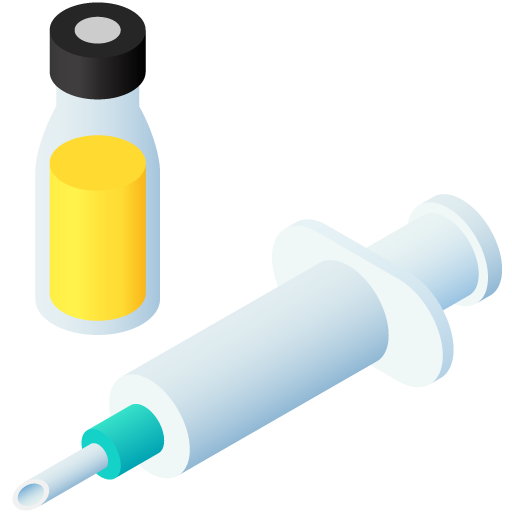
| Art. Nr. | |
|---|---|
| EAN | 8427711130727 |
 TRUSTED SOURCE
TRUSTED SOURCE



